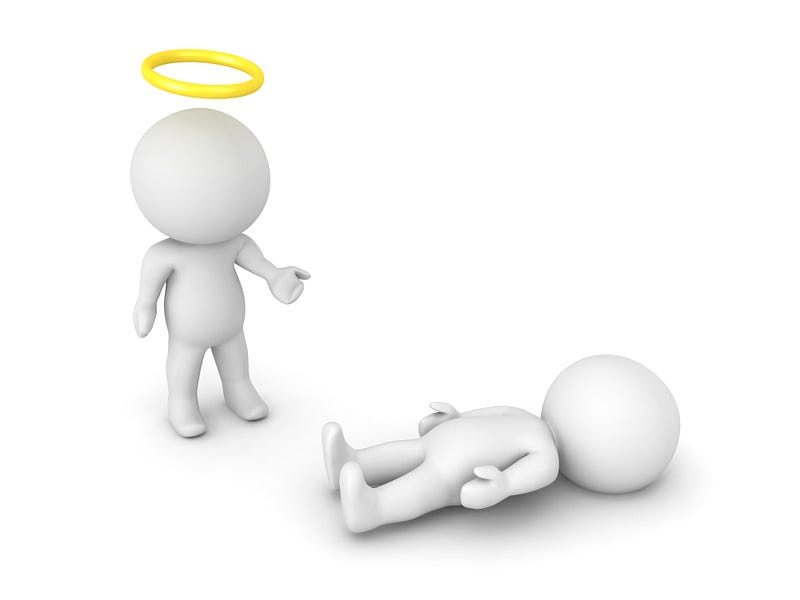Organizations look to Agile to overcome challenges
Many organizations struggle in their implementation of Agile and/or their evolution of agile once they start their journey. They use practices, people, and technology to find a way to overcome their disability of delivering value to market too slowly.
In the beginning, they have trouble seeing how it will work in their current day to day environment. It’s a lot of change and uncertainty. It’s learning to work differently. This feels incredibly uncomfortable and awkward at first, but over time it becomes the new normal. As you get the early success you wonder why you ever worked the way you did before working in an agile environment. Early success makes you feel you have overcome all the problems that you faced before moving to agile and you feel there is no looking back. Then, out of nowhere, an old habit creeps in, mistakes made, and pressure to deliver even faster sets in. Many organizations begin questioning their move toward agile. Why did we go through all this work? Why did we go through all of this struggle and discomfort if we are still going to have setbacks? Did we not overcome this?
Many organizations start their agile journey in their engineering/IT departments. They do the lift of getting cross-functional development teams to design, build, and test in an incremental and iterative way to deliver small pieces of value quickly. Once teams get the hang of building in this regular cadence every week or two, they think they have now overcome their problems and agile will continually work as-is. What really happens is that this new way of working highlights more problems. It quickly shows the disconnect between strategy and execution. It shows the pains of the platform or tooling to continuously integrate. This disconnect causes the organization to question whether the move was worth it. Other problems become apparent. The pain from dependencies between other groups becomes amplified in the time-boxed quick iterations. More dependencies surface when people realize they have team members assigned to two or more projects. Annual project funding cycles become really confusing. What about performance reviews? What do Agile leaders do? Did we really overcome our problems by using agile?

Using Agile to Overcome Cerebral Palsy
Growing up, I have used the agile principles of inspecting and adapting to be able to have an active personal and professional life. I have implemented new ways of doing routine things, working with others (personal support workers), and using technology like computers, smartphones, wearable technologies like smart watches to overcome the physical challenges that come with cerebral palsy. People see me as someone who has overcome his disability of Cerebral Palsy.
I use creative practices to face challenges with cerebral palsy —everything from getting out of bed, showering, dressing, getting in my power wheelchair, moving away from home to attend and graduate university, to having a successful career traveling around the globe, helping organizations harness agility for their competitive advantage. I even have had a fantastic personal life that has included falling in love, getting married, making great friends and traveling the world.
The other day while home alone I fell out of my office chair. Our dog got into the garbage and I went to stop it and slid in the garbage and fell out of my office chair on to the floor. I laid on the floor for 45 minutes frustrated, angry, and felt helpless until my wife arrived home. I began to have self-doubt. Why should I struggle so hard only to face these kinds of setbacks? Feeling vulnerable, lying in the middle of the garbage I asked myself — did I really overcome Cerebral Palsy?

What does it mean to overcome?
The word overcome implies that we’ve solved a problem, and we’ll never have to face related problems again. Maybe overcome has an expiry date. Very few things in life can be overcome as a single event. Instead, we get better at learning. We get better at dealing with that problem when it reoccurs. We get visibility into the next challenges to overcome… for the first time.
You never overcome organizational challenges.
You never overcome Cerebral Palsy.
You do get better at learning how to pick yourself up when you fall.
I would like to leave you with 3 things:
- Overcoming something has an expiry date. You do not overcome something forever, you solve it for now.
- It’s not how many times you fall. It’s how many times you will get back up to face either the same challenge or a new challenge.
- Agile does not fix problems. It exposes and even amplifies them. As you approach new problems as an organization — experiment to solve them. Agile does not fail. Not fixing the next or new problems exposed by Agile strips the organization of the opportunity to evolve.
Every keystroke is precious so I will end here.
Lead how you would like to be led.
Dave
Twitter: @DDame
Medium — https://medium.com/dave-dame
